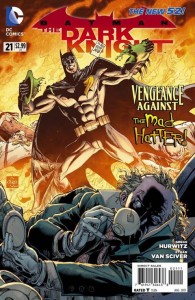 We haven’t spent a lot of time talking about Batman: The Dark Knight since its relaunch in September 2011 – honestly, we haven’t reviewed even a single issue. And part of the reason has been that the title has always existed on the fringes of the Batman universe – the main plots have been in Batman and, to a lesser extent, Batman Incorporated, but Batman: The Dark Knight has always kinda done its own mostly self-contained stories. And being a comics Web site, we’ve tended to pay more attention to the big, money shot stories while Batman: The Dark Knight has sorta chugged happily along on its own, telling smaller, more simple and self-contained Batman stories.
We haven’t spent a lot of time talking about Batman: The Dark Knight since its relaunch in September 2011 – honestly, we haven’t reviewed even a single issue. And part of the reason has been that the title has always existed on the fringes of the Batman universe – the main plots have been in Batman and, to a lesser extent, Batman Incorporated, but Batman: The Dark Knight has always kinda done its own mostly self-contained stories. And being a comics Web site, we’ve tended to pay more attention to the big, money shot stories while Batman: The Dark Knight has sorta chugged happily along on its own, telling smaller, more simple and self-contained Batman stories.
And in its own way, Batman: The Dark Knight #21 is no different. The conflict happening here isn’t one that I’ve seen referenced in any of the other Batman books. The conflict is based on a relationship that hasn’t been mentioned anywhere else. It features a B-List villain in The Mad Hatter, who is the kind of villain you normally dig up when you have a story requiring a nutjob and you realize that it’s only been three months since the other Batman books have used The Joker, The Riddler, or The Scarecrow… and frankly, The Mad Hatter only gets picked once the writer sobers up enough to realize that resurrecting Chandell continues to be a shitty idea.
So what you wind up with is a Batman comic that almost exists in its own little bubble universe where it can just tell a simple Batman story. And that’s exactly what it does: it give us a Batman motivated only by the events of its own story, filled with rage and showing a ton of iconic visual action, with a simple message to deliver about how Batman exactly is different from the monsters that he battles. And, not being a part of the greater ongoing Batman continuity, it is kinda doomed to be midlist that probably goes out of print pretty quickly. But that doesn’t mean it’s not a damn good and simple story, and one that’s well worth checking out.
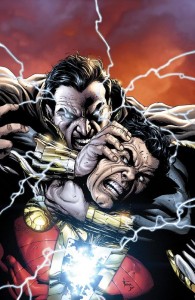
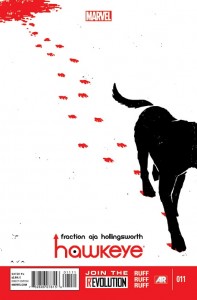
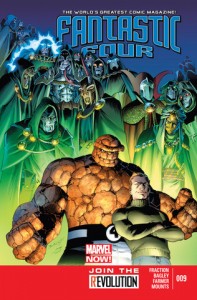
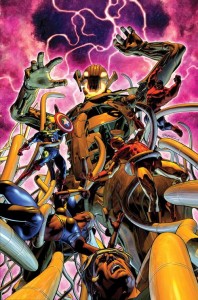
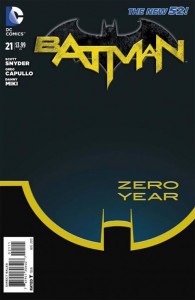
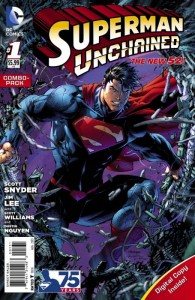
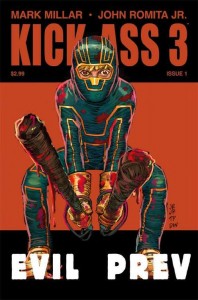
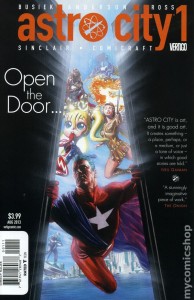
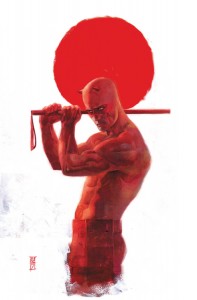
 Podcast RSS Feed
Podcast RSS Feed iTunes
iTunes Google Play
Google Play Stitcher
Stitcher TuneIn Radio
TuneIn Radio Android
Android Miro Media Player
Miro Media Player Comics Podcast Network
Comics Podcast Network